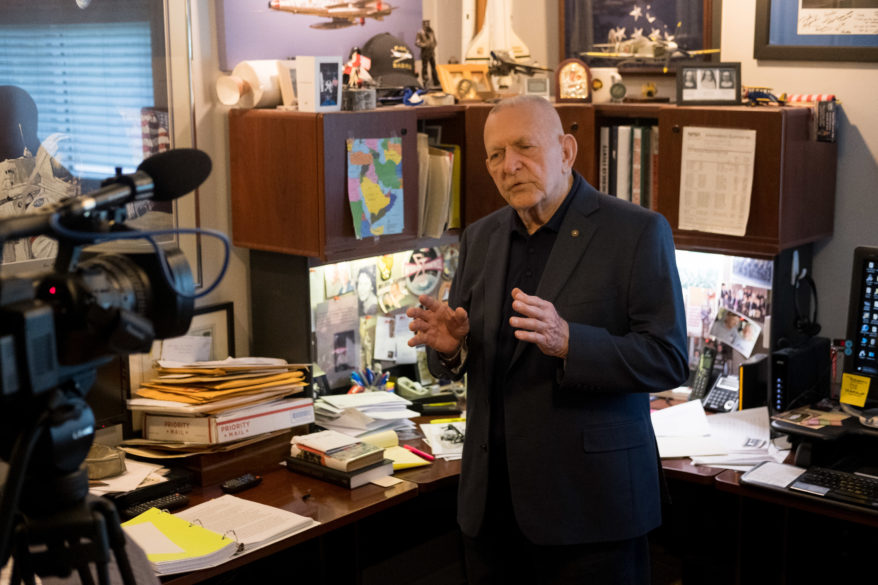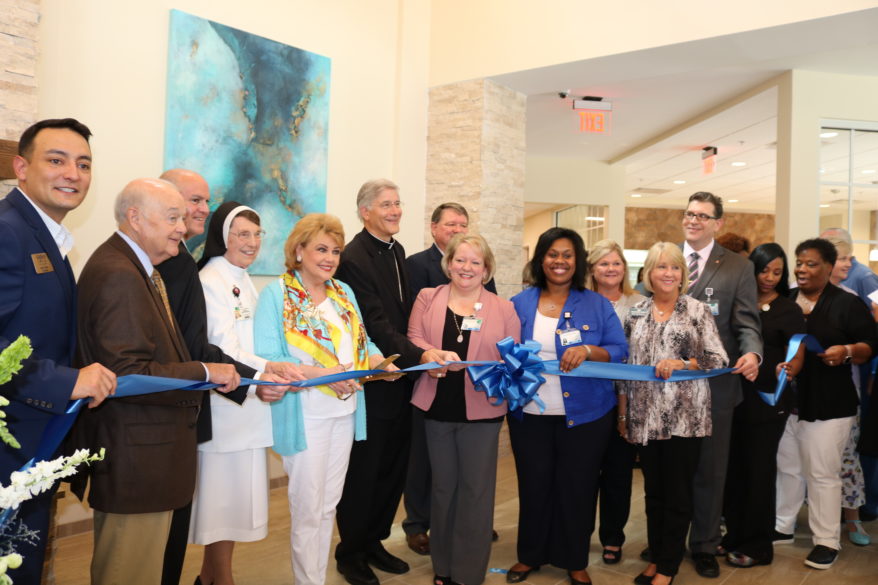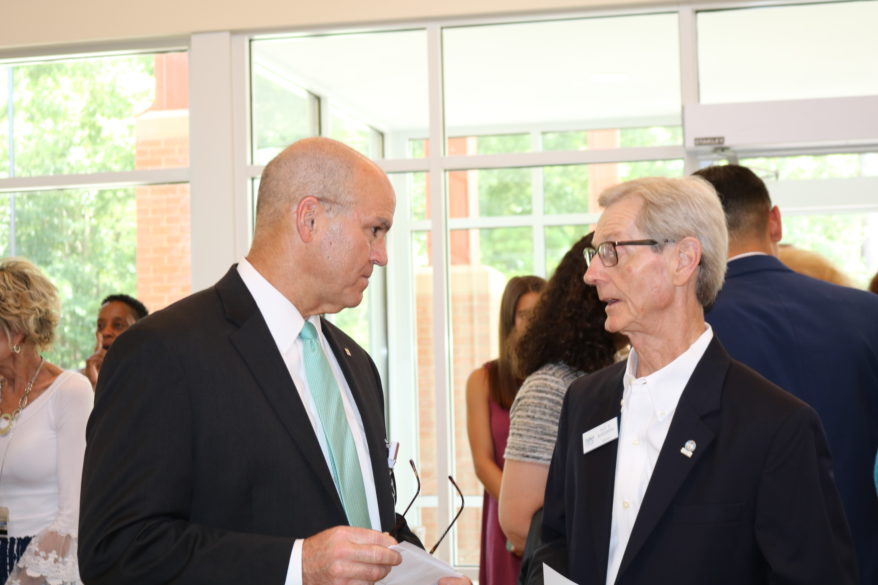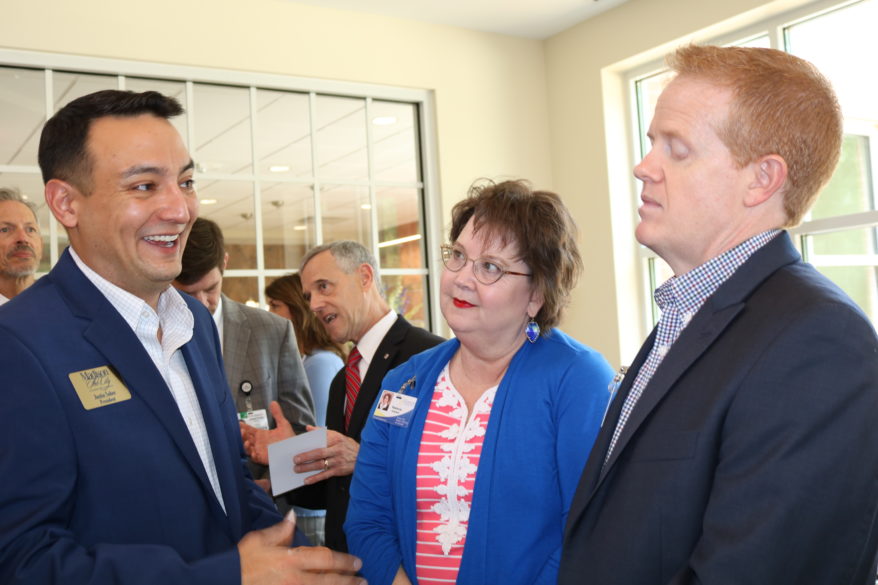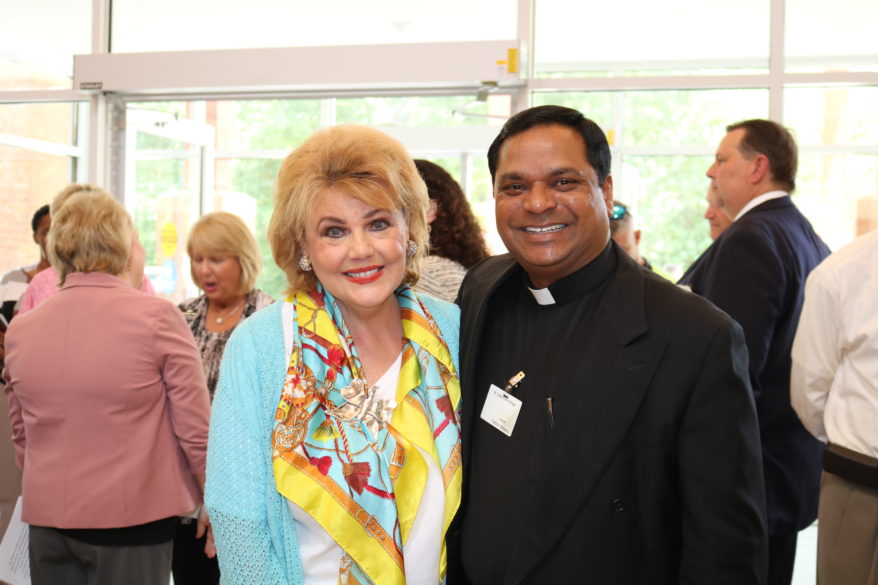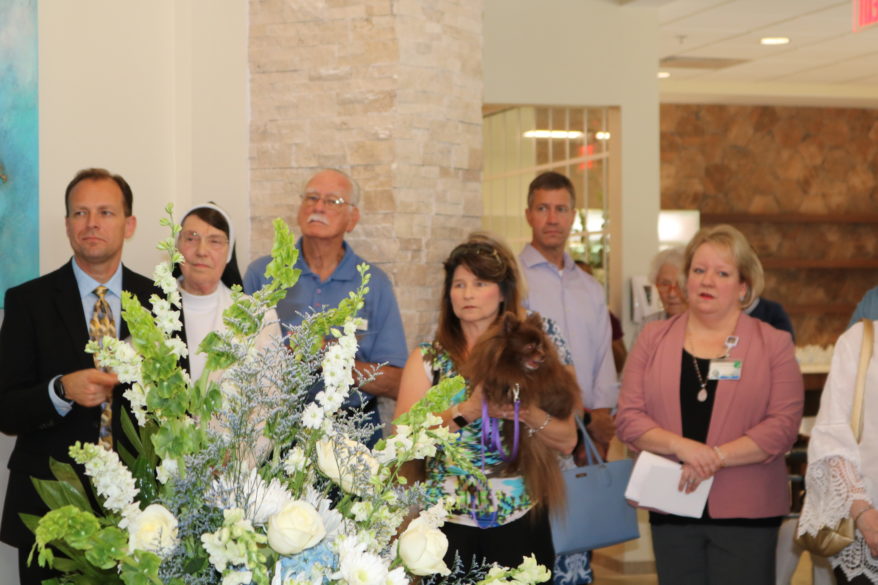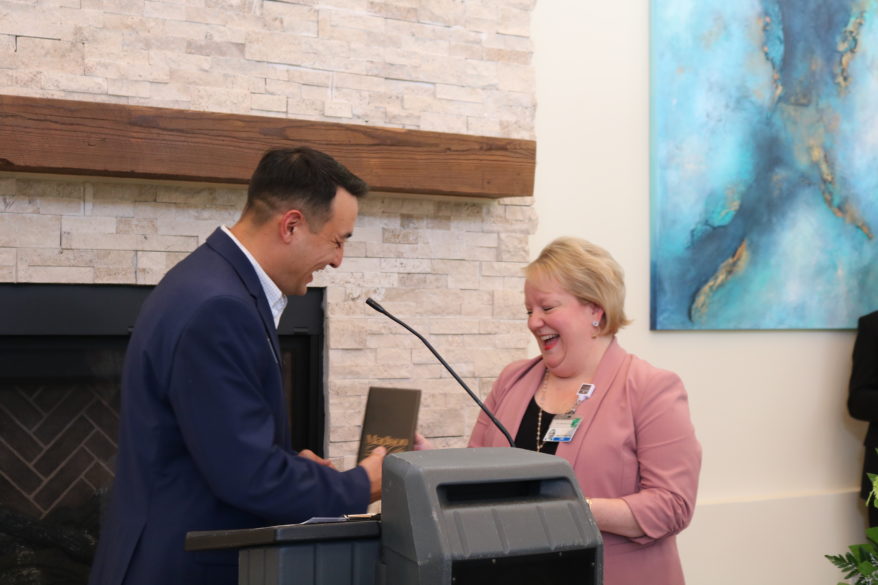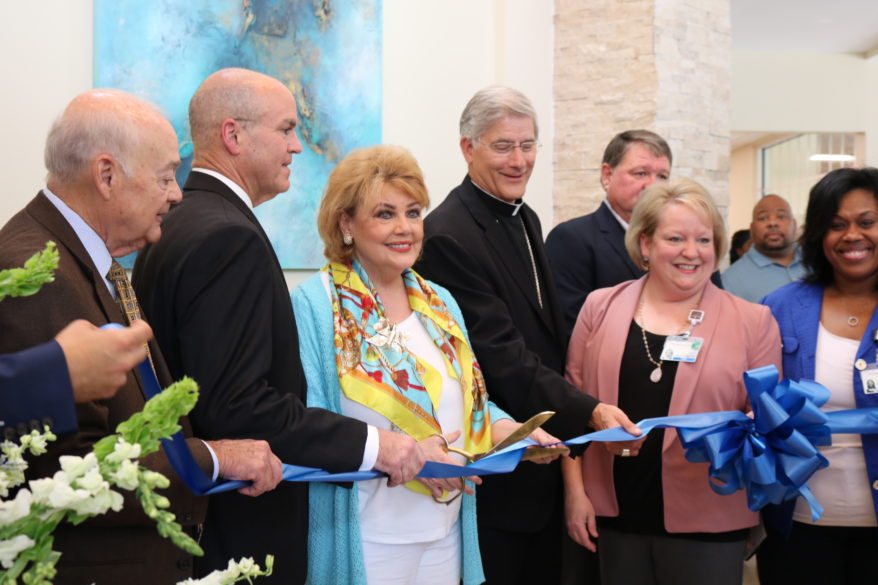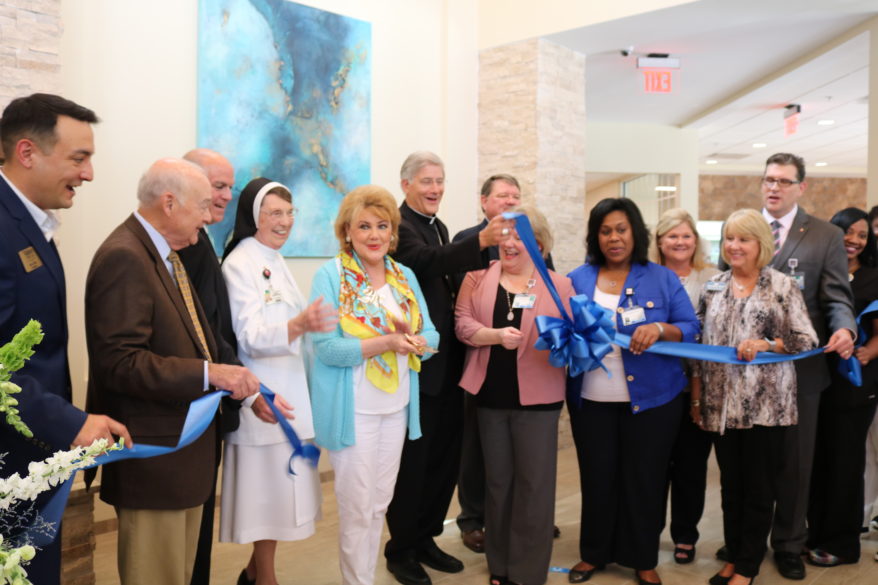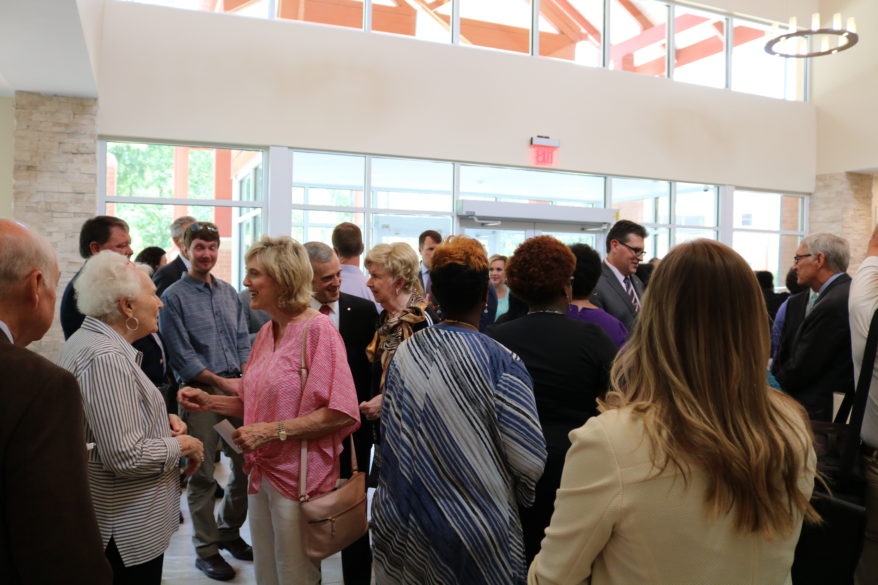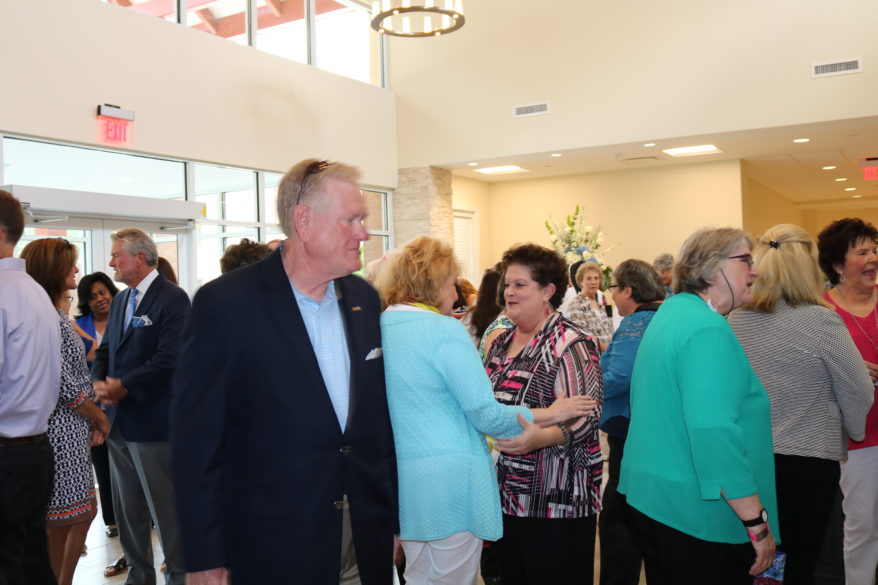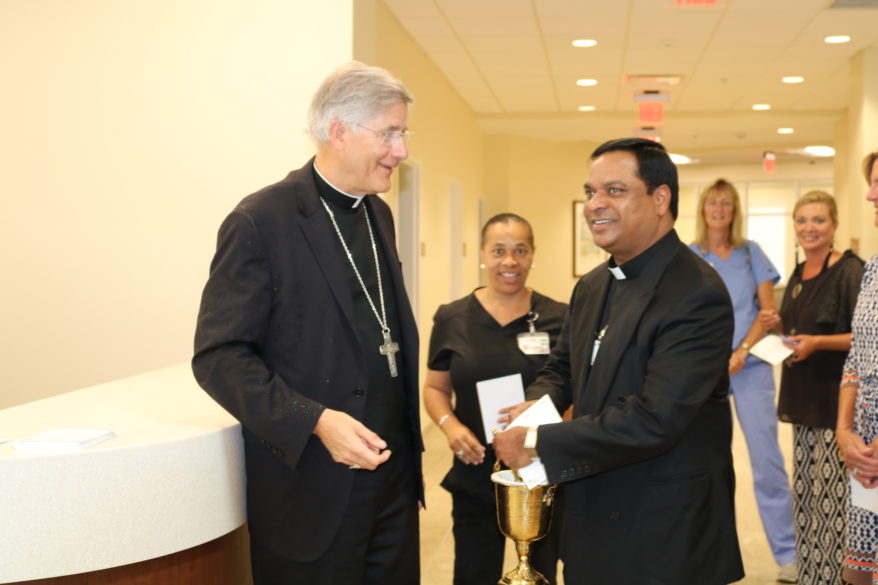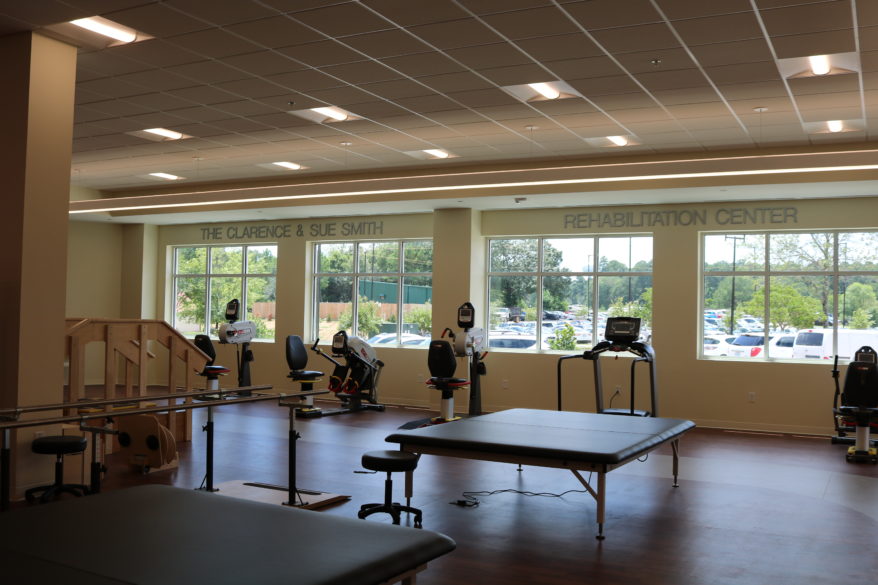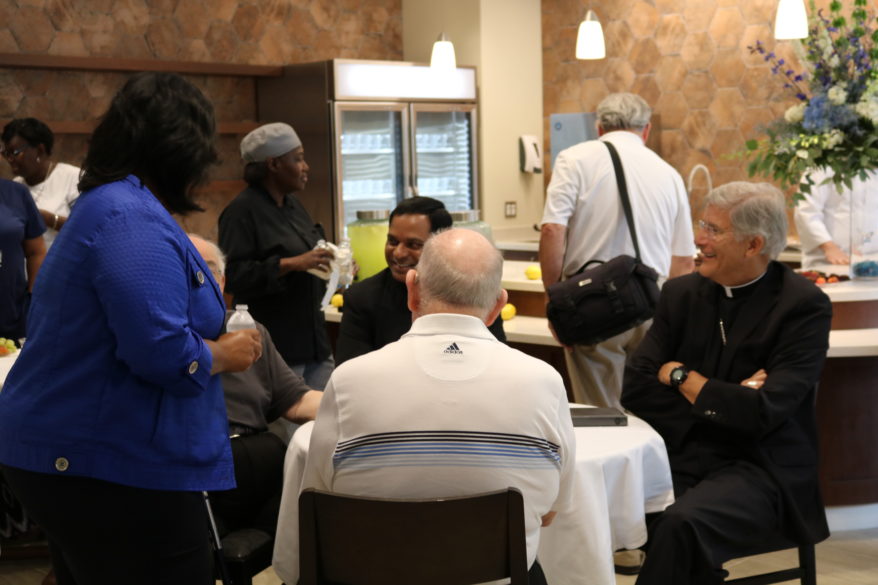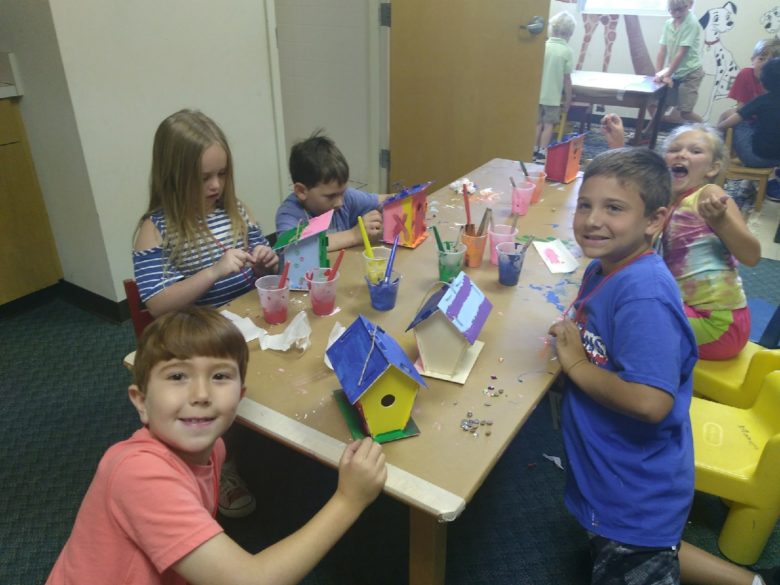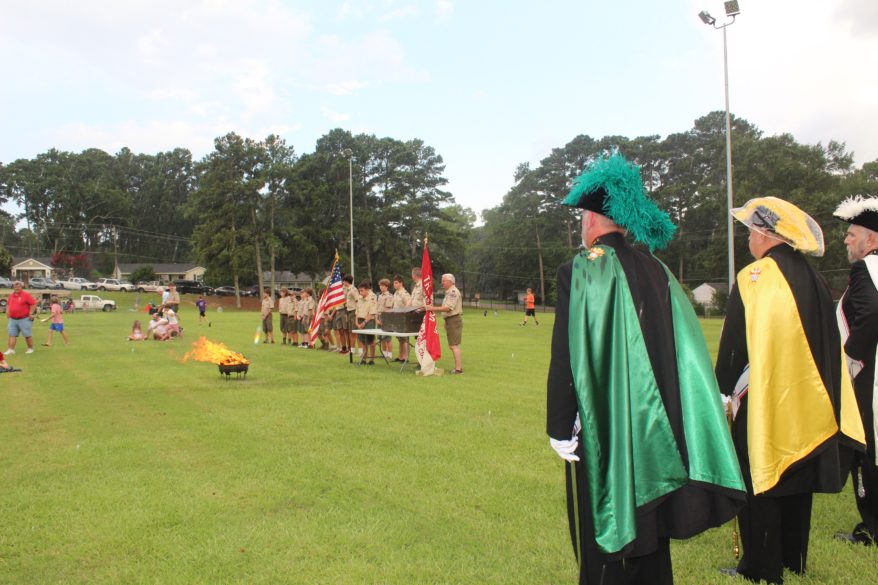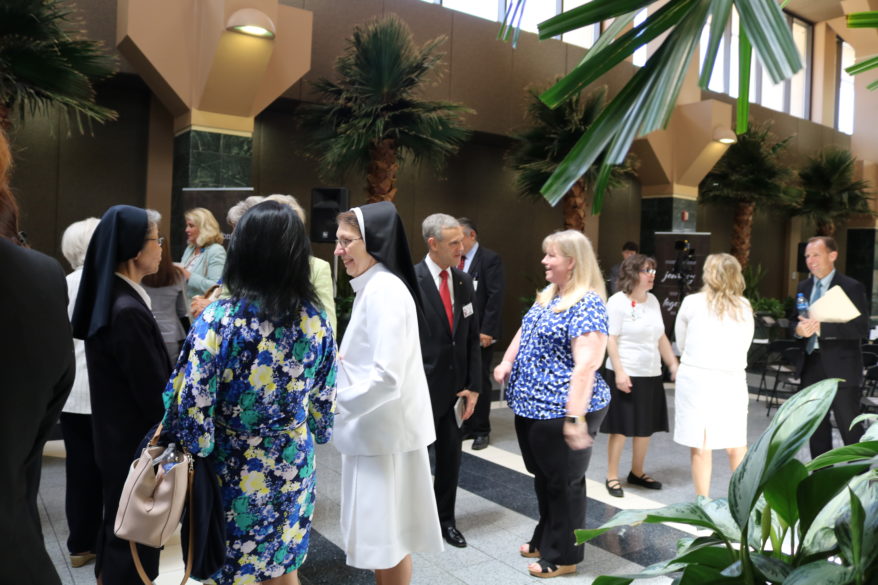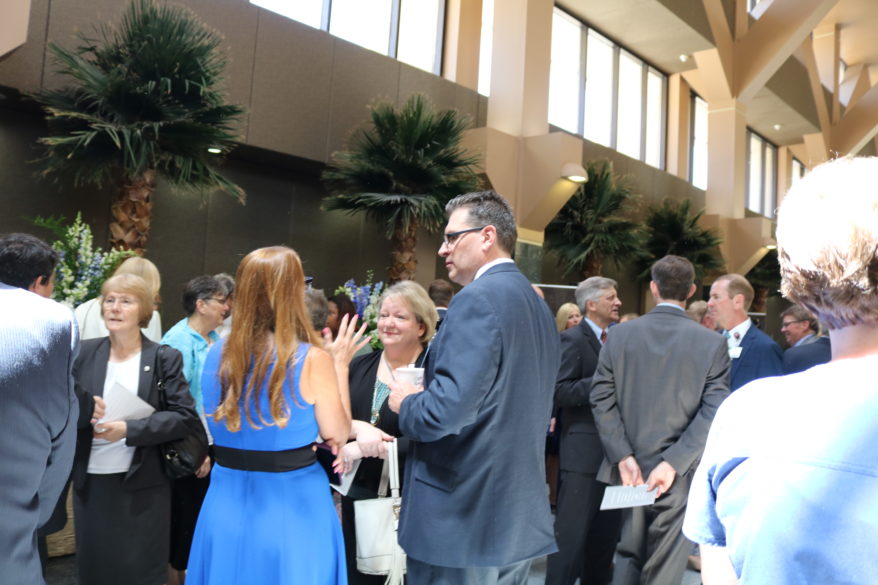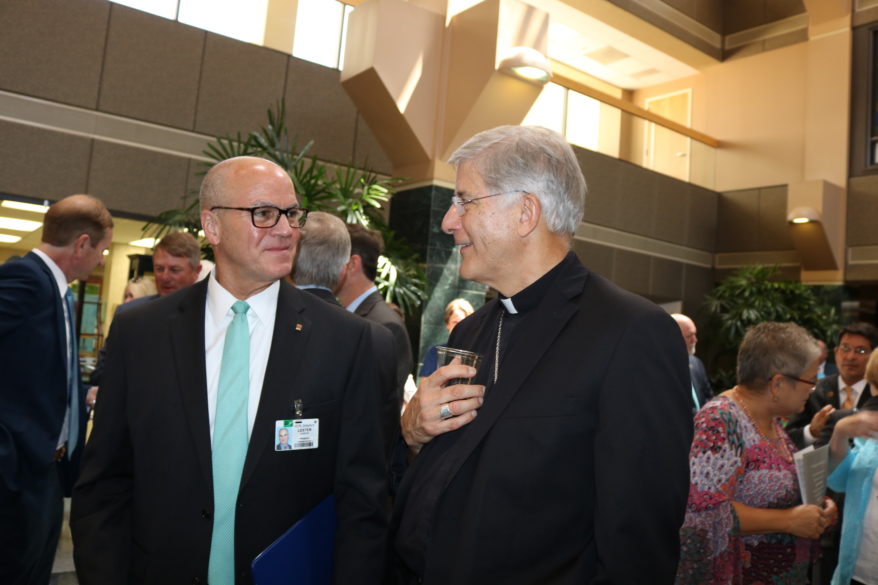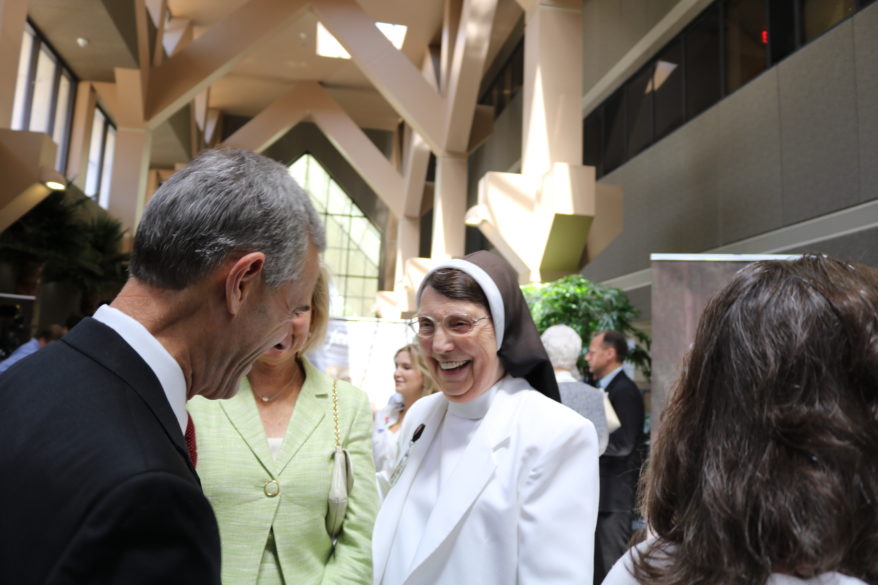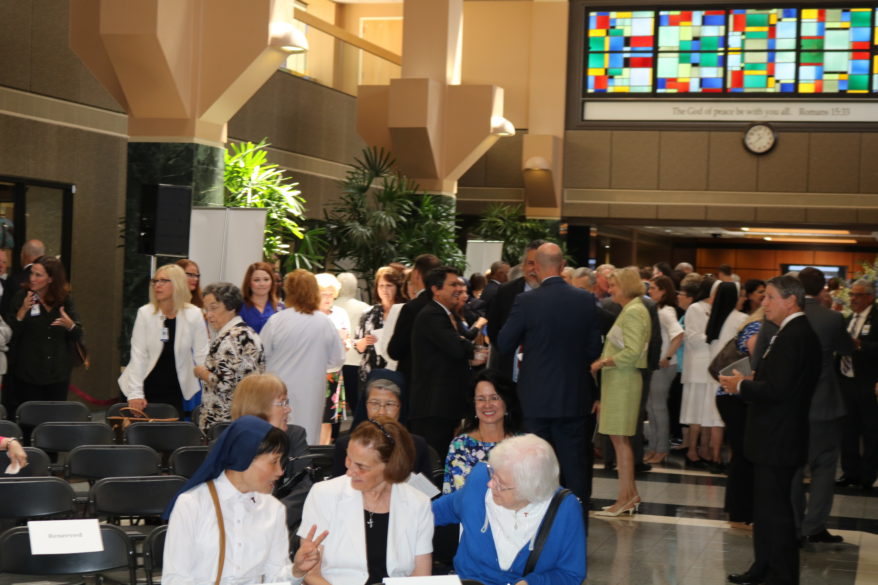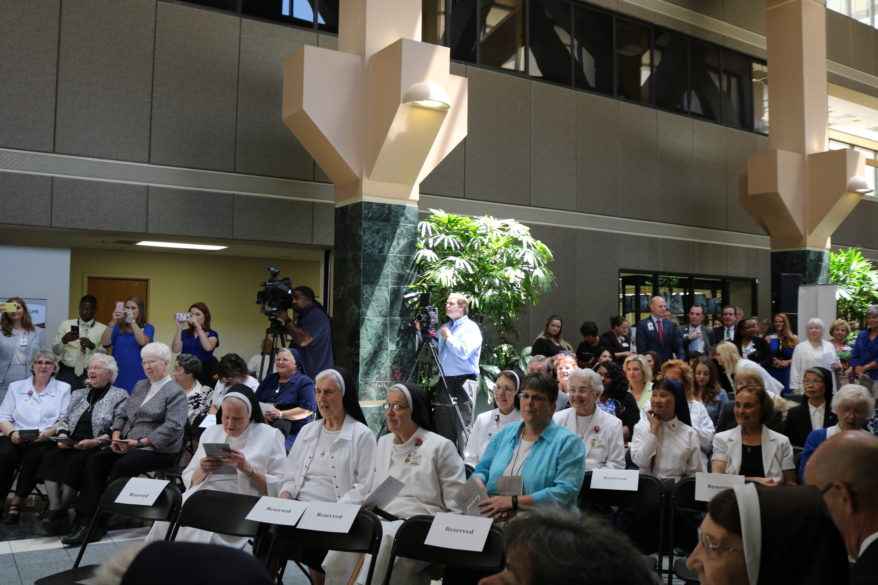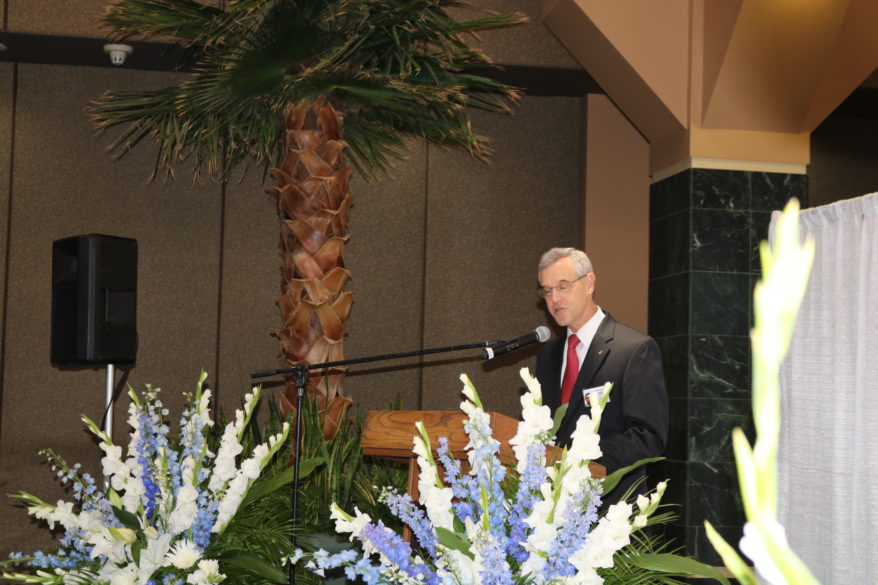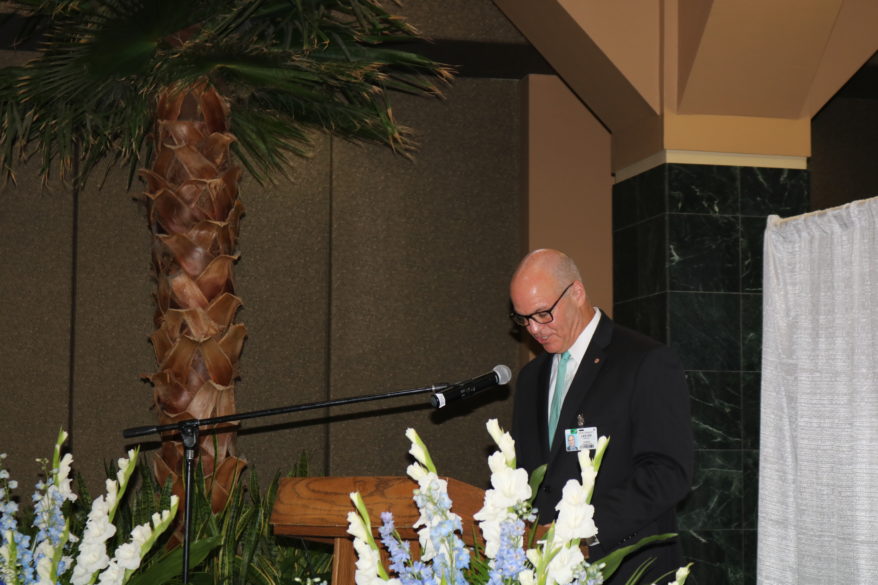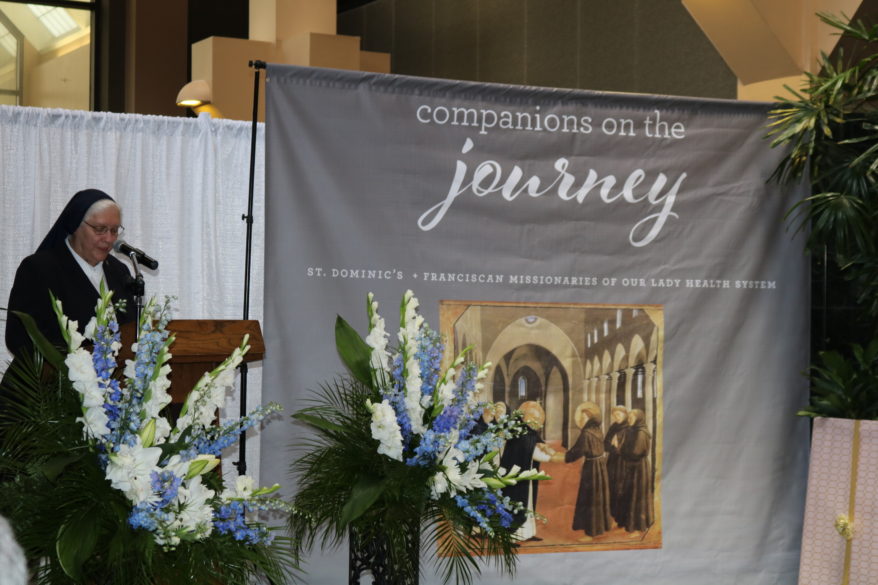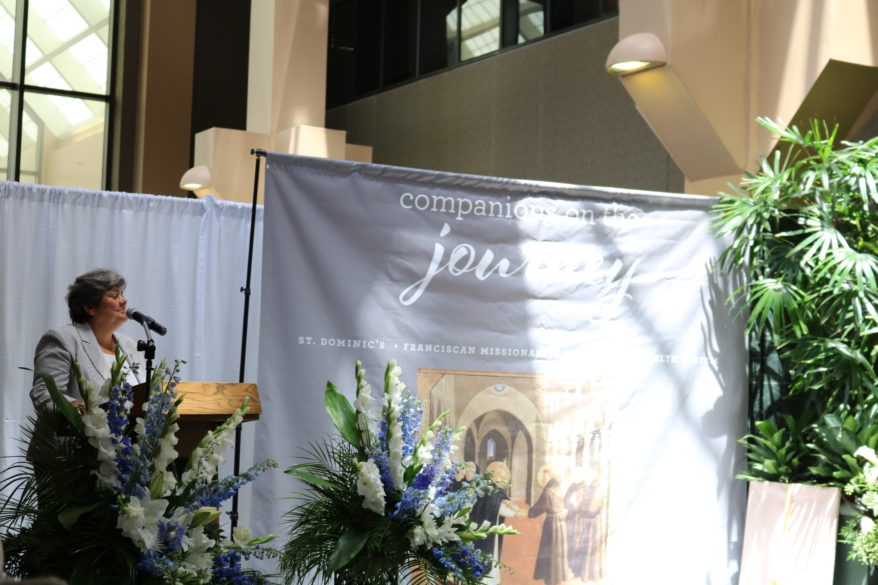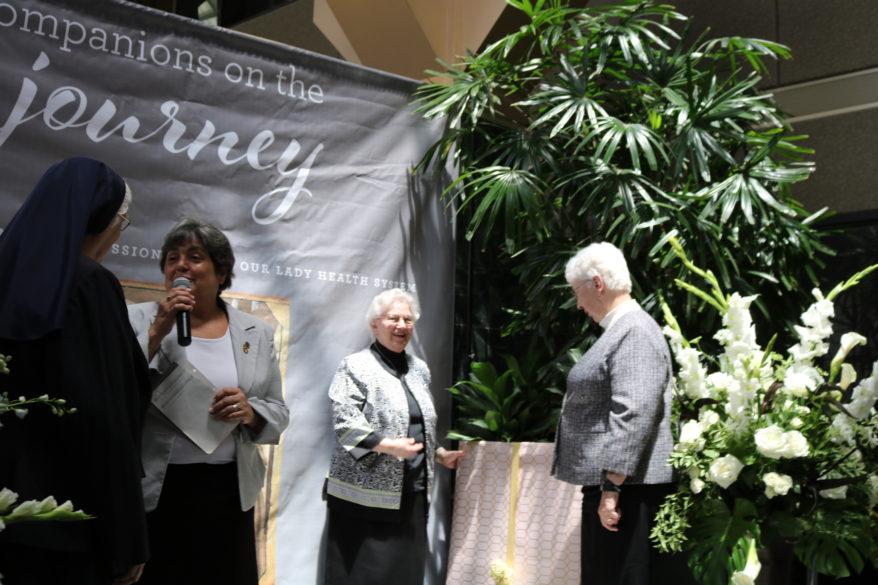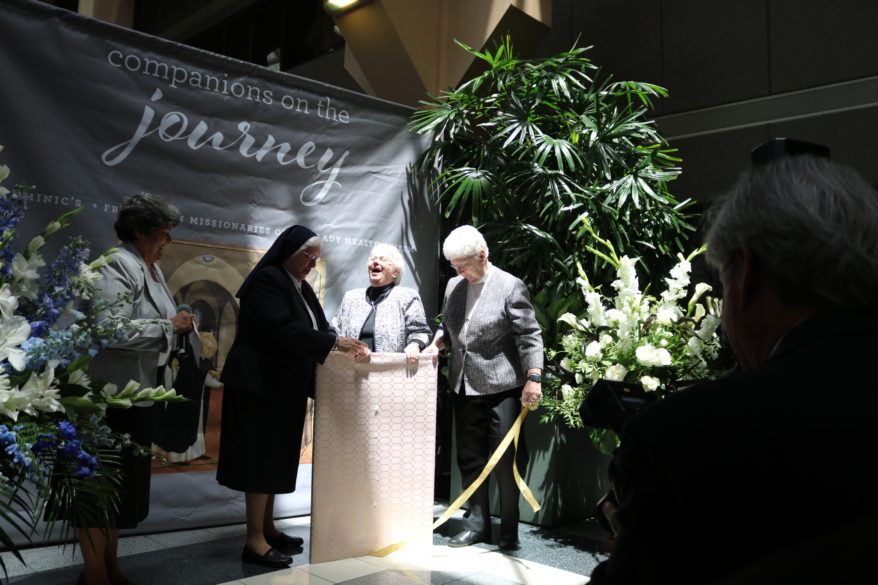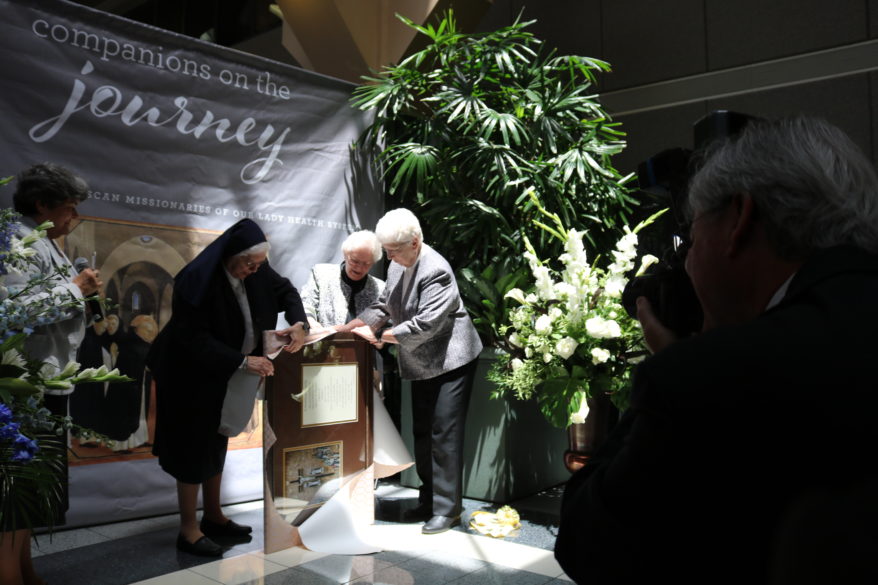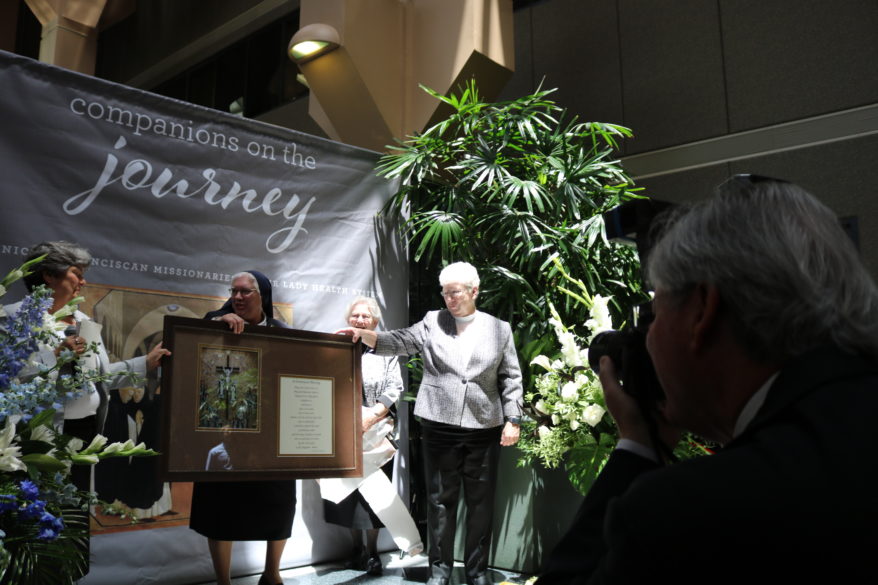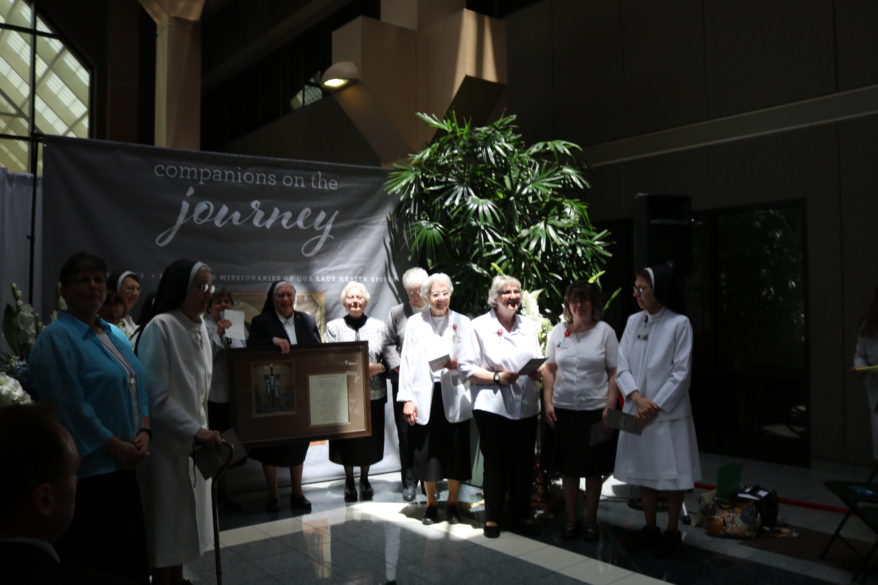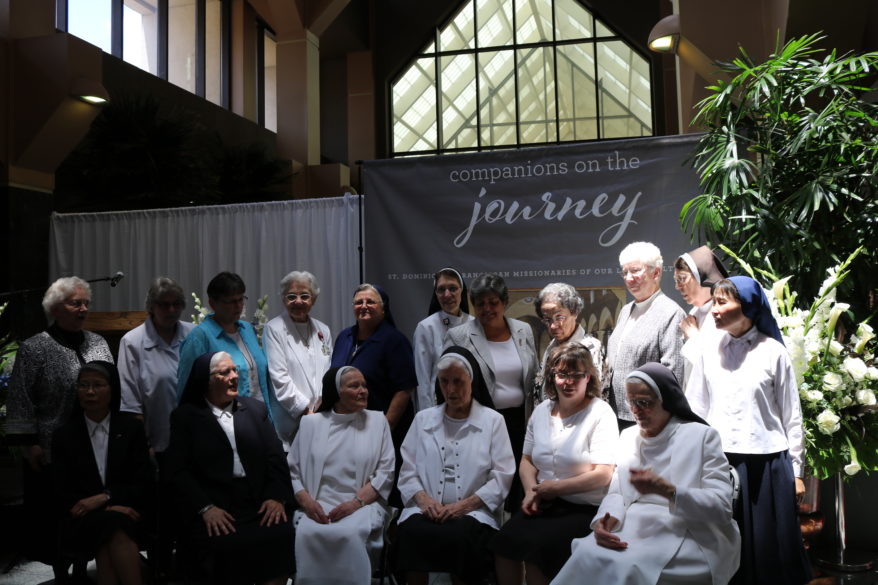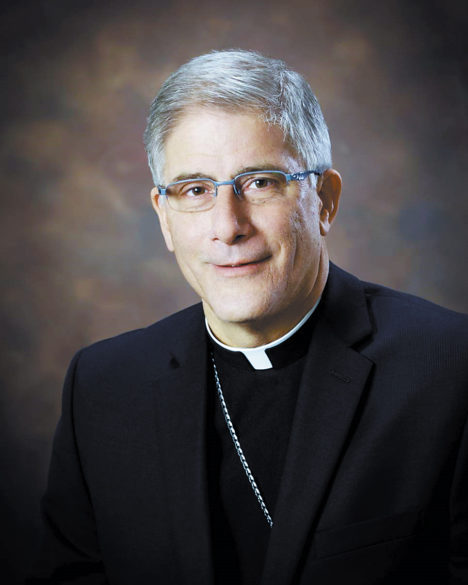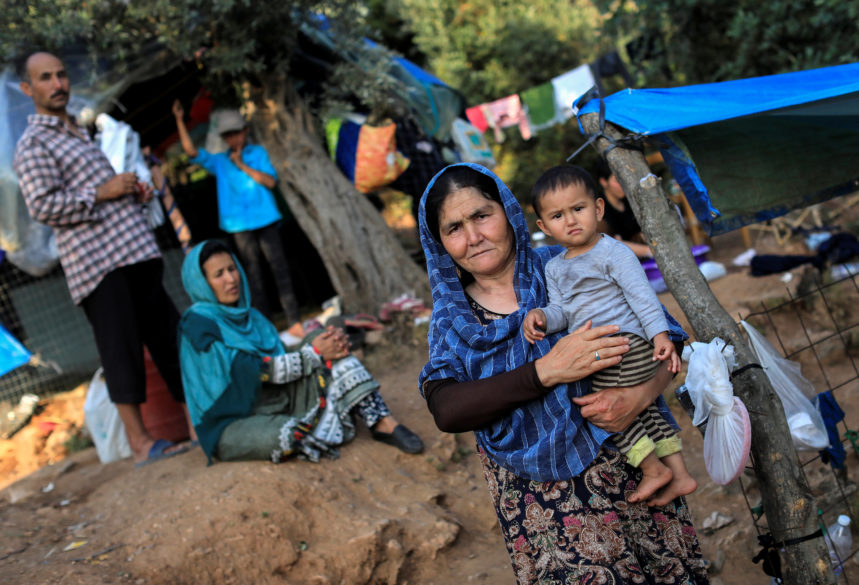The Lion King
By John Mulderig
NEW YORK (CNS) – Advances in moviemaking technology allow a story that could only previously be told as a cartoon to be enacted, so to speak, by animals. And so we get “The Lion King” (Disney).

Director Jon Favreau’s remake of the 1994 animated musical – also the basis for the Broadway hit that opened three years later and is still running – uses a blend of live-action techniques and computer-generated imagery to retell a tale so familiar it represents a touchstone of contemporary culture.
As we know, however, just because a thing can be done doesn’t mean it should be. Thus diehard fans of the original may find Favreau’s whole project redundant. The reaction of other viewers will largely depend on how comfortable they feel seeing nonhuman characters mouth dialogue and interact in the manner of homo sapiens.
This is, of course, the fictional biography of Simba (voice of Donald Glover), a lovable young lion with a royal destiny. As opening scenes show us, Simba’s birth is greeted with joy by most of the creatures over whom his parents, King Mufasa (voice of James Earl Jones) and Queen Sarabi (voice of Alfre Woodard), benevolently rule.
The rejoicing, though, is not universal: Simba’s evil Uncle Scar (voice of Chiwetel Ejiofor) broods over the fact that the new arrival has displaced him as heir to the throne. Biding his time, Scar schemes against his growing nephew and, after enlisting the help of a pack of malignant hyenas, led by Shenzi (voice of Florence Kasumba), he succeeds in sending the emotionally vulnerable lad into self-imposed exile.
Two friends with whom Simba takes up during his absence, meerkat Timon (voice of Billy Eichner) and warthog Pumbaa (voice of Seth Rogen), urge him to pursue a carefree existence. But Nala (voice of Beyonce Knowles-Carter), Simba’s best pal from childhood – with whom he ultimately shares a deeper bond – remains resolute that he should fulfill his weighty responsibilities.
The two opposing outlooks on life presented in Jeff Nathanson’s script – and encapsulated in a duo of songs by Elton John and Tim Rice, the interconnectedness-themed “Circle of Life” and the worry-eschewing ditty “Hakuna Matata” – are strictly secular. Yet it is at least the more ethically respectable worldview that prevails.
The struggle to achieve a happy ending, though, involves animal combat that would likely prove upsetting to small kids. And some parents may not care much for the momentary gastrointestinal humor in which Nathanson dabbles.
There’s also a bit of extra-biblical mysticism on display via the activities of simian shaman Rafiki (voice of John Kani). But this aspect of the narrative is too fleeting and undeveloped to pose much of a spiritual threat.
Is this iteration of the blockbuster franchise really necessary? Probably not. Still, while it’s unlikely to make a lasting impression, “The Lion King” does offer a pleasant enough pastime for all but the most sensitive tykes.
The film contains considerable stylized violence among animals, characters in peril, nonscriptural rituals and fleeting scatological humor. The Catholic News Service classification is A-II – adults and adolescents. The Motion Picture Association of America rating is PG – parental guidance suggested. Some material may not be suitable for children.
Crawl
What Steven Spielberg’s “Jaws” did for sharks, director Alexandre Aja’s deliberately claustrophobic chiller “Crawl” (Paramount) sets out to do for alligators. The result involves some undeniably frightening moments but also an amount of bloodletting the casual moviegoer will find excessive.
With a major hurricane bearing down on her home region of Florida, college student Haley (Kaya Scodelario) becomes concerned when her divorced and semi-estranged father, Dave (Barry Pepper), fails to return her calls. So she sets off first to the condo where he’s been living since the breakup of his marriage, then to the family home he’s been forced to put up for sale, but to which he remains emotionally attached.

There she finds him unconscious with gaping wounds to his shoulder and leg. The cause of his injuries becomes apparent even before he regains consciousness as Haley has her own close encounter with the first of the many man-eaters with which she and Dad will eventually have to do battle.
To make matters worse, the basement crawl space where the gators have the duo pinned down is rapidly flooding. Fortunately, as early scenes have established, Haley is a gifted competitive swimmer (Dave was her coach in childhood). Even so, the odds remain uncomfortably long.
Those not put off by watching the main characters be gnawed on and the extras devoured will discern the glimmers of a family-solidarity theme faintly gleaming through the murky waters of this gory horror flick. Dave also encourages Haley to believe that she has the resourcefulness and will power to prevail. Still, the desperate proceedings will strike most as more torturous than entertaining.
The film contains much explicit bloody violence, numerous gruesome sights, a vague sexual reference, occasional rough language and some crude terms. The Catholic News Service classification is L – limited adult audience, films whose problematic content many adults would find troubling. The Motion Picture Association of America rating is R – restricted. Under 17 requires accompanying parent or adult guardian.
(Mulderig is on the staff of Catholic News Service.)
Child’s Play
By Joseph McAleer
NEW YORK (CNS) – The nicest thing that can be said about the reimagined horror film “Child’s Play” (Orion), it that is just 88 minutes long. Any longer and it could be designated a method of torture.
Perhaps most disturbing about this remake of the 1988 film about a toy doll run amok (which spawned six sequels of its own) is its tone. Director Lars Klevberg, working from a screenplay by Tyler Burton Smith, frames this as a black comedy. The audience is expected to cheer along as “Chucky” (voice of Mark Hamill, straying far, far away from his heroic “Star Wars” persona) goes on a murderous rampage, starting with the family cat.
Awash in sadistic violence and gore, “Child’s Play” is anything but, and should be approached by adult viewers only with caution.
Single mother Karen (Aubrey Plaza) is concerned that her young son, Andy (Gabriel Bateman), is depressed. They recently moved to a new neighborhood and Andy is having trouble making new friends.
At the toy store where Karen works, a customer returns a defective “Buddi” doll. Karen decides to steal it and give it to her son as a companion.
“Welcome to your new best friend,” says Henry Kaslan (Tim Matheson), creator of the chatty artificial-intelligence plaything. Once synched to a cellphone, Buddi bonds with its owner and connects to all devices, effectively controlling the entire home environment.

Unbeknownst to Karen, Andy’s Buddi has been sabotaged by a disgruntled worker in the sweatshop factory in Vietnam. All of his safety protocols have been disabled and this particular doll responds to negative energy. The first warning sign? Its name is Chucky, not Buddi.
It’s not hard to predict what happens next. Chucky’s evil nature emerges whenever Andy is upset or threatened, such as when the cat scratches him, or his mom’s sleazy boyfriend Shane (David Lewis) overstays his welcome.
If there’s a lesson to be learned from the ensuing carnage, it’s the addiction to technology which limits healthy human interaction. For wholesome child’s play, power down and unplug.
The film contains gratuitous bloody violence and gore, sexual banter, partial nudity, frequent crude and profane language, and one obscene gesture. The Catholic News Service classification is O – morally offensive. The Motion Picture Association of America rating is R – restricted. Under 17 requires accompanying parent or adult guardian.
(McAleer is a guest reviewer for Catholic News Service.)

